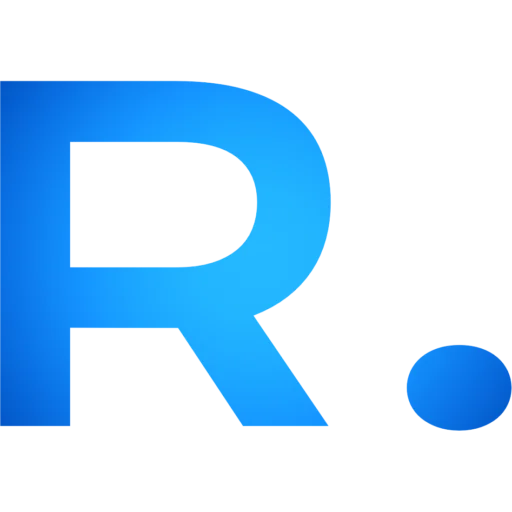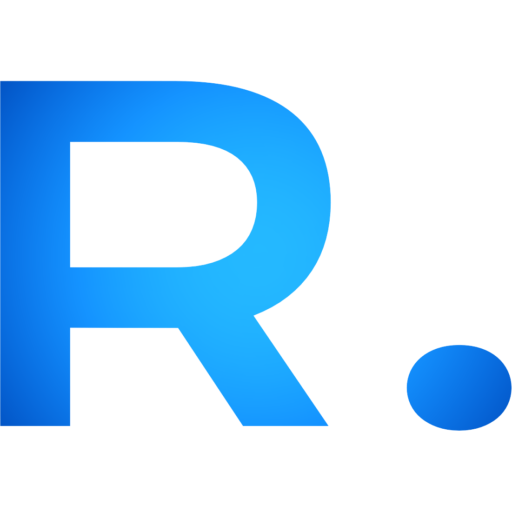Pro úspěšnou recyklaci je cesta od odpadu k cenné surovině vyžadována přesnost v každé fázi. Po přeměně lahví po spotřebě na čisté vločky v rámci vysoce výkonný systém recyklace PET lahví, vyvstává kritické rozhodnutí: jak tyto vločky zpracovat do jejich nejprodávanější formy. Řešením je peletizace, ale volba správné technologie je prvořadá.
Dvě dominantní metody v tomto odvětví jsou tradiční peletizace řetězcem a pokročilejší podvodní peletizace (UWP). Každá z nich nabízí odlišné výhody a představuje odlišné provozní a finanční aspekty. Tato příručka poskytuje přímé srovnání, které vám pomůže určit optimální řešení pro váš provoz rPET.
Dříč: Pochopení peletizace pramenů
Proces peletizace pramenů je robustní a široce používaná metoda. Pracovní postup je lineární a vizuálně intuitivní:
- Extruze: Roztavený rPET se protlačuje skrz lisovací hlavu a vytváří souvislé, špagetovité vlákna.
- Chlazení: Tyto prameny procházejí vodní lázní nebo žlabem, aby se ochladily a ztuhly.
- Odvodňování: Vzduchový nůž nebo sací jednotka odfoukne přebytečnou vodu z povrchu pramenů.
- Řezání: Ochlazené, suché prameny se přivádějí do peletizéru, kde je vysokorychlostní rotor s řeznými noži rozseká na válcové pelety.
Přesná metoda: Pochopení podvodní peletizace (UWP)
Podvodní peletizace je integrovanější a automatizovanější proces, ceněný pro svou přesnost a konzistenci.
- Extruze a řezání: Roztavený rPET se protlačuje přes matricovou desku, která je v přímém kontaktu s cirkulujícím vodním systémem. Rotující nože krájejí polymer na pelety v okamžiku, kdy vystupuje z čelní plochy matrice pod vodou.
- Chlazení a přeprava: Nově vytvořené, kulovité pelety jsou okamžitě ztuhnuty vodou a transportovány jako suspenze pryč od řezací hlavy.
- Odvodňování: Kaše se přivádí do odstředivé sušičky, která se otáčí vysokou rychlostí, aby se oddělila voda od pelet, což vede k suchému, hotovému produktu.
Přímé srovnání: Strand vs. Pod vodou
Výběr peletovacího systému pro rPET vyžaduje pečlivou analýzu několika klíčových faktorů.
1. Kvalita a konzistence pelet
- Peletizace pramenů: Produkuje jednotné, válcovité pelety. Proces je však náchylný k „lámání pramenů“, což může vést ke změnám v délce pelet („dlouhé částice“) a tvorbě prachu nebo „jemných částic“. Kvalita je vysoce závislá na dovednostech obsluhy během spouštění.
- Podvodní peletizace: Produkuje vysoce uniformní, sférické nebo čočkovité (ve tvaru čočky) pelety s minimálními odchylkami ve velikosti a tvaru. Okamžitý proces chlazení vede k velmi nízké tvorbě prachu a jemných částic. UWP je obecně považován za produkt produkující vyšší a konzistentnější kvalitu pelet, což je často vyžadováno u prémiových aplikací.
2. Provozní požadavky a složitost
- Peletizace pramenů: Proces je spíše manuální, zejména během spouštění, kdy operátor ručně „provléká“ prameny z lisovací hlavy do peletizátoru. I když to vyžaduje práci, systém je také tolerantnější k výkyvům viskozity taveniny a operátorům usnadňuje vizuální odstraňování problémů.
- Podvodní peletizace: Jedná se o vysoce automatizovaný systém s uzavřenou smyčkou, který vyžaduje během provozu méně zásahů obsluhy. Proces je však složitější a citlivější. Pro správné fungování vyžaduje velmi stabilní proces extruze (tok taveniny, tlak a teplota). Spuštění a údržba obvykle vyžadují vyšší úroveň technických dovedností.
3. Počáteční investice a zastavěná plocha
- Peletizace pramenů: Počáteční kapitálová investice do linky na peletizaci pramenů je výrazně nižší než u systému UWP. Zařízení je mechanicky jednodušší. Nicméně, půdorys může být poměrně velký kvůli potřebnému chladicímu žlabu.
- Podvodní peletizace: Tato technologie s sebou nese vyšší počáteční investiční náklady, které jsou dány precizně navrženou řezací hlavou, systémem temperování vody a odstředivou sušičkou. Celková zastavěná plocha je však často menší.
4. Nejlepší aplikace pro rPET
- Peletizace pramenů: Vynikající a cenově výhodná volba pro univerzální výrobu pelet rPET, jejich míchání a aplikace, kde jsou přijatelné drobné odchylky ve tvaru pelet. Je to spolehlivý pracant pro provozy, kde je prioritou minimalizace počátečních investičních nákladů.
- Podvodní peletizace: Definitivní volba pro špičkové aplikace, které vyžadují dokonalou uniformitu pelet pro stabilní zpracování. Patří sem vstřikování dílů se složitou geometrií, automobilové součástky a kompaundování vysoce hodnotných technických plastů, kde je konzistence nezbytná.
Souhrnná tabulka
| Funkce | Peletizace pramenů | Podvodní peletizace (UWP) |
| Tvar pelet | Válcový | Kulovitý / čočkový |
| Kvalita pelet | Dobré až vynikající, možnost pokut | Vynikající až prémiový, vysoce uniformní |
| Složitost | Nižší, manuálnější startování | Vyšší, automatizovanější, citlivější |
| Počáteční náklady | Spodní | Vyšší |
| Stopa | Delší | Kompaktnější |
| Ideální pro | Univerzální, nákladově citlivé operace | Špičkové aplikace, perfektní konzistence |
Závěr: Udělat správnou volbu
Rozhodnutí mezi peletizací v pramenech a podvodní peletizací je strategické. Pokud se váš obchodní model zaměřuje na výrobu spolehlivého a cenově efektivního rPET pro široký trh, nižší počáteční investice a provozní jednoduchost linky na peletizaci v pramenech z ní činí atraktivní volbu. Pokud je vaším cílem zaměřit se na prémiové trhy, které vyžadují nejvyšší stupeň konzistence a kvality, vynikající výkon a automatizace podvodního peletizačního systému ospravedlňují vyšší investici.
Úspěch obou metod peletizace v konečném důsledku závisí na kvalitě vstupního materiálu. Čisté, suché a konzistentní vločky, vyrobené robustní linka na praní PET plastů, je zásadní pro dosažení vysoce kvalitních finálních pelet.
Ve společnosti Energycle vám můžeme pomoci analyzovat vaše specifické požadavky a určit tak nejlepší řešení zpracování vašich recyklovaných materiálů s přidanou hodnotou. Kontaktujte náš technický tým prodiskutovat váš projekt.



